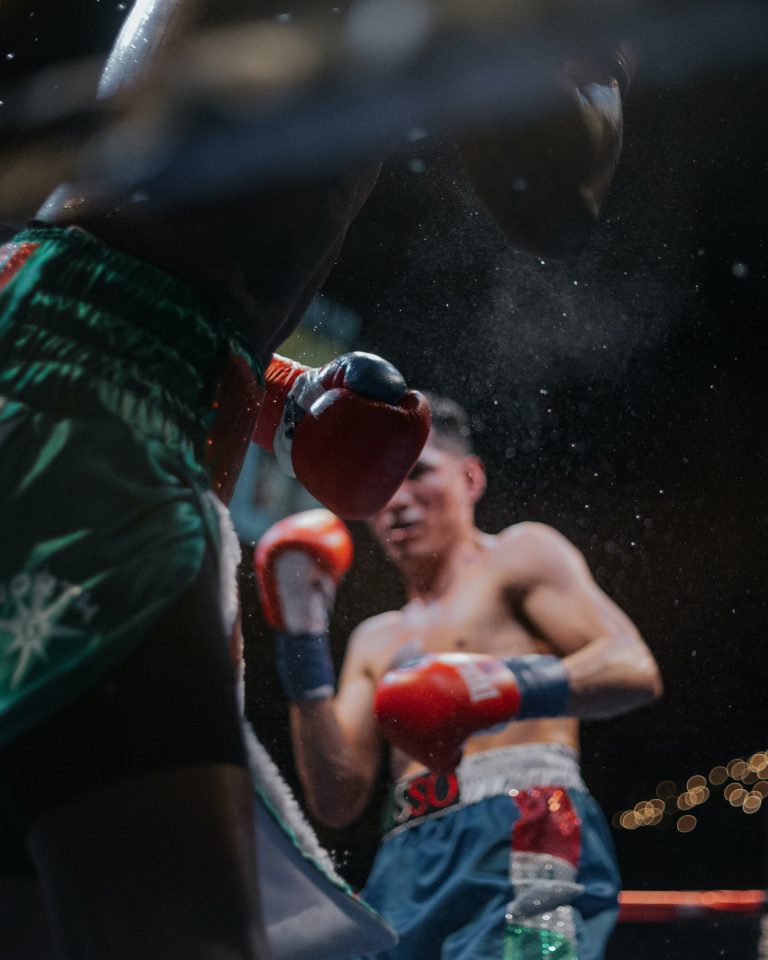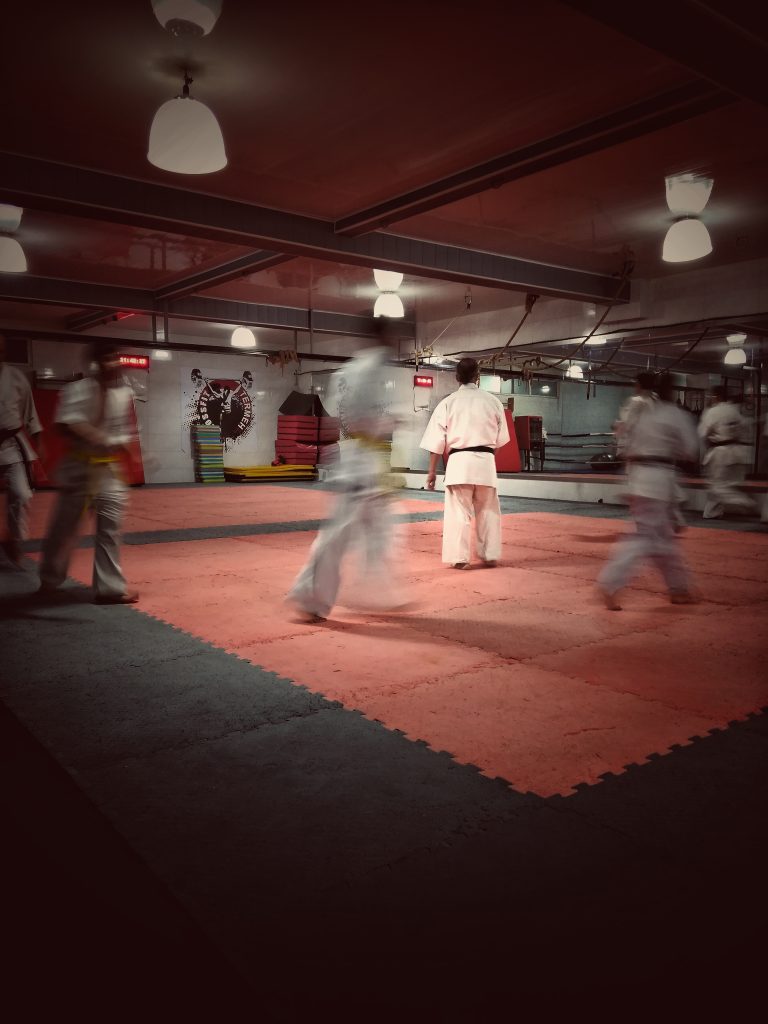What is the Rank of Karate Belts?
Karate is a martial art that originated in Okinawa, Japan. It is a form of self-defense that involves various striking techniques, punches, kicks, knee strikes, and open-hand techniques. Karate practitioners wear uniforms called gi, and they also use belts of different colors to indicate their level of experience and rank in the art.
In this post, we will discuss the ranking system of karate belts, how they are earned, and what each color represents.
The History of Karate Belts
The practice of using colored belts as a symbol of rank and experience is believed to have come from Judo, another martial art that originated in Japan. In Judo, white belts were worn by beginners, and as they progressed in their training, colors were added to the belts to signify their level of experience.
The use of colored belts in karate can be traced back to the early 20th century, when Gichin Funakoshi, the founder of Shotokan karate, adopted the system from Judo. Over time, different schools and styles of karate developed their own ranking systems, with variations in the colors and their order.
Karate Belt Colors and their Meaning
There are several colors of karate belts, each with their own meaning. The following are the most common belt colors in ascending order of experience and rank:
White Belt (Kyu Ranks)
The white belt is the starting rank in karate and is worn by beginners. It represents purity and innocence, and signifies that the student is a blank slate, ready to learn the basics of the art.
Yellow Belt (Kyu Ranks)
The yellow belt is the first belt that students earn after they have successfully completed some training. It represents the student’s growing understanding of the art and their increasing skill level.
Orange Belt (Kyu Ranks)
The orange belt signifies that the student is beginning to master the basics of karate and is building their strength and stamina.
Green Belt (Kyu Ranks)
The green belt is awarded to students who have improved their techniques and can execute them with some degree of proficiency. It represents growth and progress.
Blue Belt (Kyu Ranks)
The blue belt is a higher level than the green belt, and signifies that the student is gaining more advanced skills and knowledge in karate.
Purple Belt (Kyu Ranks)
The purple belt represents experience and proficiency, as students are expected to have gained a deeper understanding of the art and its principles.
Brown Belt (Kyu Ranks)
The brown belt is awarded to students who have reached a high level of proficiency in karate. It also signifies that the student is approaching the level of mastery and is preparing for the black belt test.
Black Belt (Dan Ranks)
The black belt is the highest and most prestigious rank in karate. It is awarded to students who have demonstrated mastery of the art, both in their techniques and their understanding of its principles. The black belt is divided into several dan ranks, which represent various levels of skill and experience.
Earning Karate Belts
Students earn karate belts by demonstrating their proficiency in the various techniques and principles of karate. Each belt level requires a certain amount of training time and mastery of specific techniques.
Typically, students have to demonstrate their skills in front of their instructor or a panel of judges, who evaluate their techniques and decide whether they qualify for the next belt rank. The requirements for each belt level can vary depending on the style of karate and the school, but they generally include a combination of physical skills, knowledge, and attitude.
What is the Rank of Karate Belts?
Understanding Karate Belts System
Karate is a martial art that originated in Japan. The discipline is characterized by its unique uniform known as a gi, and students are typically ranked according to their skill level. One of the most important indicators of progress in karate is the ranking of belts. As karate students grow in experience and proficiency, they are awarded different colored belts, each of which represents a different level of skill, technique, and understanding. But what is the rank of karate belts? Let’s explore some of the most frequently asked questions about the karate belt system.
1. What Are the Different Colors of Karate Belts?
The colors of karate belts can vary depending on the school, but the most common sequence of belt colors from beginner to advanced rank is as follows:
1. White Belt
2. Yellow Belt
3. Orange Belt
4. Green Belt
5. Blue Belt
6. Purple Belt
7. Brown Belt
8. Black Belt
The white belt represents the beginner’s level, and the black belt is the highest level of achievement. However, even within the different belt colors, there may be subdivisions, such as white belt with one stripe, white belt with two stripes, etc.
2. How Long Does It Take to Achieve a Belt Rank?
The length of time it takes to achieve a belt rank can vary depending on the school, the individual student’s abilities, and the level of commitment. Most schools have a minimum time requirement before a student can test for the next rank, with the most common time frame being three to six months between belts. As students progress to higher levels, the time requirements between tests may increase, and the standards for promotion become more stringent.
3. How Are Karate Belts Tested?
Karate belts are tested through a series of examinations or gradings that take place within the dojo or karate studio. The grading system varies among different schools, but typically, it involves a demonstration of techniques, forms (known as kata), and sparring with other students or instructors. The grading panel will evaluate the student’s level of proficiency in each area, and the student will be awarded the appropriate belt rank if they meet the required standards.
4. How Do You Know When You’re Ready to Test for a Belt?
The decision to test for a belt is usually made by the student’s instructor, based on their progress and demonstrated skill level. Most schools require students to demonstrate a minimum level of proficiency before they are allowed to test, and students who are not ready to move to the next level may be asked to wait and continue practicing before they can advance. However, in some schools, students may request a test when they feel they are ready to advance to the next level.
5. What Does Each Belt Color Represent?
Each belt color in karate represents a different level of skill and understanding. Here is a breakdown of what each belt color represents:
1. White Belt – Beginner level, represents purity and innocence
2. Yellow Belt – Represents the first steps in learning karate
3. Orange Belt – Represents growth and the sun rising
4. Green Belt – Represents the growth and development of a plant
5. Blue Belt – Represents the sky, which is limitless
6. Purple Belt – Represents maturity and awareness
7. Brown Belt – Represents the earth and the roots of a tree
8. Black Belt – Represents the beginning of mastery, and the student’s journey continuing
What is the rank of Karate Belts?
Karate is a martial art that originated in Okinawa, Japan. It has gained popularity all over the world and is practiced by people of all ages for self-defense, physical fitness, and mental discipline. One of the most recognizable aspects of Karate is the colored belt system used to denote a practitioner’s skill.
In this guide, we will provide you with a step-by-step explanation of the Karate belt ranking system and give you some tips on how to progress through the ranks.
Understanding the Karate Belt System
The Karate belt system consists of a series of colored belts that indicate the ranks of the practitioners. Each belt has a different color, and the color is used to signify the level of expertise of the person wearing it. The belt ranking system is divided into two main categories: Kyu and Dan.
Kyu Ranking System
The Kyu ranking system is for beginners and intermediate-level students. There are ten kyu ranks in total, and students begin with the lowest rank, white belt, and progress to higher ranks by taking part in tests or grading.
White Belt – 10th Kyu
The white belt is the starting point for beginners. It signifies a beginner’s purity and willingness to learn. The white belt represents the initial stage of Karate training, where they learn basic techniques such as punches, kicks, and blocks.
Yellow Belt – 9th Kyu
The yellow belt represents a basic level of proficiency. At this stage, students are introduced to new techniques such as foot sweeps, knee strikes, and elbow strikes.
Orange Belt – 8th Kyu
Orange belt signifies progress in Karate. Students at this level will begin to learn more complex techniques, including the execution of combinations of moves.
Green Belt – 6th and 7th Kyu
The green belt is for intermediate-level students. Students at this level will learn new techniques, including throws, grappling and joint locks.
Blue Belt – 5th Kyu
The blue belt is for students who are approaching an advanced level. It requires a lot of dedication and commitment to reach this level. Students at this level are expected to know all the techniques that they have learned so far and have a comprehensive understanding of them.
Purple Belt – 4th Kyu
The purple belt is for students with a high level of proficiency in Karate. Students at this level will be able to execute high-level techniques such as jumping kicks and spinning kicks.
Brown Belt – 3rd, 2nd, and 1st Kyu
The brown belt signifies a high level of proficiency in Karate. Students at this level will have gained extensive knowledge and experience in Karate and may have started teaching others.
Dan Ranking System
The Dan ranking system is for advanced Karate practitioners, and unlike the Kyu ranking system, requires a minimum waiting period of 12 months between each rank. This ranking system requires significant dedication, and achieving a higher rank signifies a great accomplishment.
Black Belt – 1st to 10th Dan
The black belt denotes the highest level of proficiency in Karate. It signifies an expert in Karate with an in-depth knowledge of the art. The black belt is granted after years of dedication and intense training. Black belt levels (Dan) are awarded in ascending order, with each level indicating an increase in proficiency and experience.
Tips to Progress through the Ranks
1. Do not rush the process of moving up the Karate belt ranks. Each rank requires knowledge, dedication, and hard work. Each belt signifies a new level of proficiency in Karate, and it takes time to build the necessary skills.
2. Attend regular Karate classes and practice daily. Consistent practice is essential to achieve a higher level of proficiency in Karate.
3. Take grading and testing opportunities as they arise. Grading and testing help to assess the level of proficiency of the practitioner and provide an opportunity for progression.
4. Stay focused and committed to your Karate training. Remember that Karate is more than just a physical activity, but is also about mental discipline and self-improvement.
In conclusion, the Karate belt ranking system is a way to signify a practitioner’s level of expertise in Karate. Progressing through the ranks requires commitment, dedication, and hard work. By following these tips, you can achieve a higher level of proficiency in Karate while enjoying the journey.
Inhaltsverzeichnis






